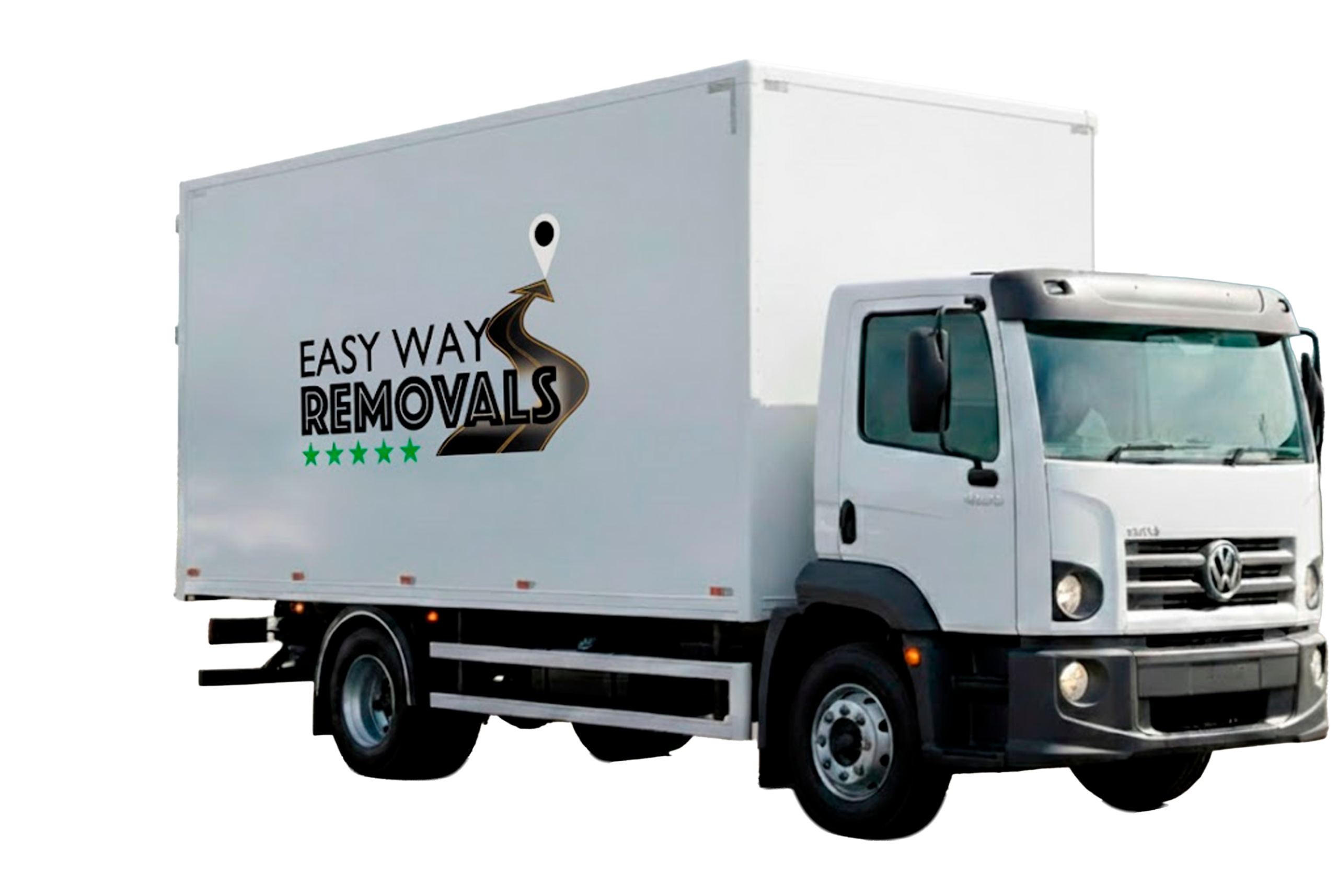Moving a heavy couch or a big box alone can feel stressful and tiring. That’s why knowing how to lift heavy objects by yourself safely is so important. With the right preparation, simple techniques, and a few handy tools, you can move even heavy items without hurting your back.
Most accidents happen when people rush or lift the wrong way, but a little planning makes all the difference. Lifting heavy objects by yourself safely is all about using your legs, keeping the load close, and moving carefully.
In this guide, you’ll find easy steps, tips, and tricks to carry heavy items safely, even when you’re on your own.

Here’s how to lift heavy furniture without hurting yourself.
Before you lift anything, stop for a moment and think. Preparation is the most important step to avoid hurting yourself.
Your muscles need to be ready before you lift. If they are stiff, lifting can cause injury.
Lifting the wrong way is the fastest way to hurt your back. Do it right, and it’s much safer.
The right technique protects your back, shoulders, and knees. It also makes lifting less tiring.
Sometimes, tools make lifting safer and easier.
When moving heavy furniture by yourself, try to slide it instead of lifting it. You can put towels, blankets, or pieces of cardboard under the legs to make it glide smoothly across the floor.
Go slow and steady, keeping full control of the furniture at all times. Rushing or jerking the item can cause accidents or damage your floors. If you have a long distance to move, use rest points.
Set the furniture down safely, take a breath, and continue. Small steps make the move much easier and safer.

Many injuries happen because people make simple mistakes. Never lift with your back. Always use your legs. Avoid twisting your body while carrying a heavy item. Don’t rush or try to drop the object quickly.
Know your limits and don’t lift more than you can handle safely. Always clear your path before you start moving, so nothing trips you or gets in the way. Paying attention to these small things can save you from serious pain or damage.
When moving heavy items, protect them by learning how to wrap furniture safely.
Stairs are risky. If possible, always get help.
Here’s how you should protect yourself and your items.
Even with all these tips, some objects are too heavy or awkward to move alone. Professional movers, like Easy Way Removals, have experience, tools, and safety knowledge. Hiring them can save time, effort, and injuries.
If the load is too heavy or you want peace of mind, you might consider a removals team. Read this guide to learn if you should move yourself or use a removals company to decide what’s best for you.
Regular exercise helps you move heavy objects safely. Squats, core exercises, and strength training improve lifting power and reduce injury risk. Strong back and legs make solo moving easier.
Here’s what you should do if you injure yourself while lifting.
If pain persists or is severe, see a doctor.
So, coming to this point, hopefully, you now know how to lift heavy objects by yourself. Lifting heavy objects by yourself is possible, but safety must come first. Plan, prepare, use proper techniques, and leverage tools. Don’t hesitate to ask for help or hire professional movers. Protect your back, move carefully, and your items and body will thank you.
When carrying a heavy box, hold it close to your body at about belly button level. Use both hands to get a firm grip and keep it steady. Holding it close reduces strain on your back and makes it easier to balance while walking.
If your back already hurts, it is not safe to lift heavy objects alone. You can make the pain worse or cause serious injury. Use tools, slide the object, or ask someone for help to stay safe.
A stick or pry bar can help lift one edge of a heavy object just a little. This allows you to slide a dolly or towel under it safely. It reduces strain on your arms and back.
Yes, breaking a large item into smaller pieces is much easier. Remove drawers, legs, or shelves if possible. Smaller pieces are lighter and safer to carry alone.
Always wear shoes with a good grip and clear your path. Move slowly and keep the object close to your body. Avoid wet or slippery floors when lifting anything heavy.
Yes, dollies, sliders, lifting straps, and ramps help a lot. They reduce strain and make moving large objects possible.




